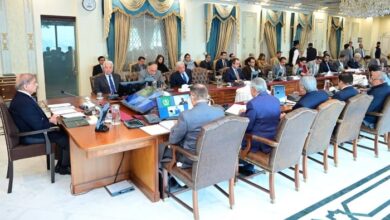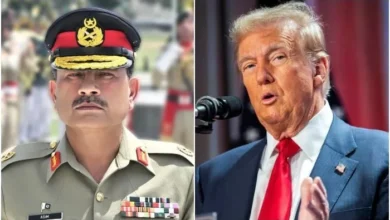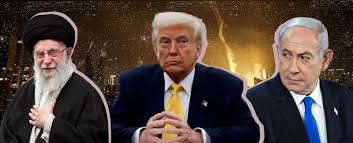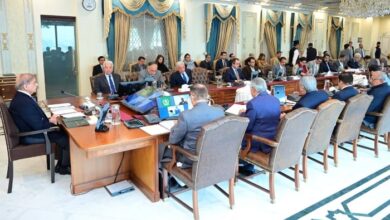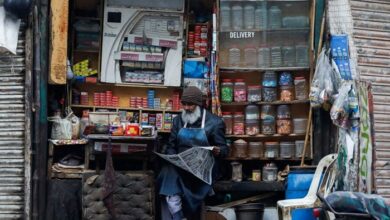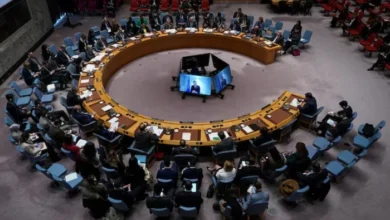In an increasingly dynamic global landscape, Asia stands at the forefront of change, driven by a shared commitment to openness and economic integration. The region’s growth remains crucial to global development.
Home to more than half of the world’s population, Asia accounts for nearly a third of global output in terms of purchasing power.
The IMF has projected a 4.4% growth rate for 2025, citing supportive monetary conditions, while the ADB maintains its 4.9% growth outlook for developing Asia, reinforcing the region’s role as a key driver of global economic expansion.
Despite this promising outlook, Asia faces persistent geopolitical challenges, including rising trade barriers, escalating global tensions, and economic uncertainty — factors that could disrupt the region’s growth trajectory.
The Trump administration’s imposition of a 20% tariff on Chinese goods under the International Emergency Economic Powers Act (IEEPA) has triggered a retaliatory response from Beijing.
China has imposed a 15% tariff on American agricultural products such as chicken, wheat, corn, and cotton, along with a 10% tariff on goods like soybeans and pork.
It has also tightened restrictions on business dealings with major US companies — moves that are likely to weigh on global trade sentiment.
The World Bank’s Global Economic Prospects for 2025 had already warned that US tariffs on trading partners could reduce global growth by 0.2 percentage points compared to baseline forecasts, with the impact worsening if proportional retaliatory measures are taken into account.
With China, Canada and Mexico responding in kind, the global economic environment is likely to become even more challenging.
Amid these geopolitical tensions, China’s economic trajectory remains a stabilising force in the region.
The Chinese government has maintained a clear and consistent policy direction, ensuring that economic progress is not derailed — despite domestic challenges and renewed pressure from a second Trump administration.
China may also explore possibilities to expand its Belt and Road Initiative (BRI) investments in the Middle East and Europe, strengthening infrastructure and trade connectivity.
In a recent engagement, President Xi met with private-sector leaders and tech executives, signalling a potential shift towards a more business-friendly economic approach and push for technological self-sufficiency.
Chinese Foreign Minister Wang Yi has said that China will continue to retaliate against the “arbitrary tariffs” by the US, urging dialogue over coercion.
Despite the ongoing challenging environment, China has set a 5.0% economic growth target for 2025 in the recent NPC meeting, emphasising industrial upgrading, renewable energy and strengthening domestic demand to sustain its economic momentum amid external pressures.
China may have both the will and the capacity to address these headwinds, but ongoing geopolitical shifts pose significant risks, particularly for developing economies in Asia that depend on external funding for infrastructure, education and social development.
These nations may find themselves navigating between competing superpowers.
The decoupling of the American and Chinese economies could also accelerate regional economic integration, with Asean playing a pivotal role in fostering intra-Asian trade.
Amid higher tariffs and a more fragmented global landscape, Asian economies are likely to intensify trade diversification efforts, strengthening ties with Europe, the Middle East, and intra-Asian markets while reassessing their trade dependencies.
The real challenge for Asia lies in balancing geopolitical pressures while maintaining economic resilience and fostering stronger multilateral cooperation to mitigate the risks posed by an increasingly protectionist world. Despite these challenges, Asia’s economic potential remains substantial.
For Pakistan, existing economic challenges are already significant, and the trade war only exacerbates them. The country’s economy showed signs of stabilisation in the first half of FY2025, building on earlier efforts under the ongoing IMF programme.


